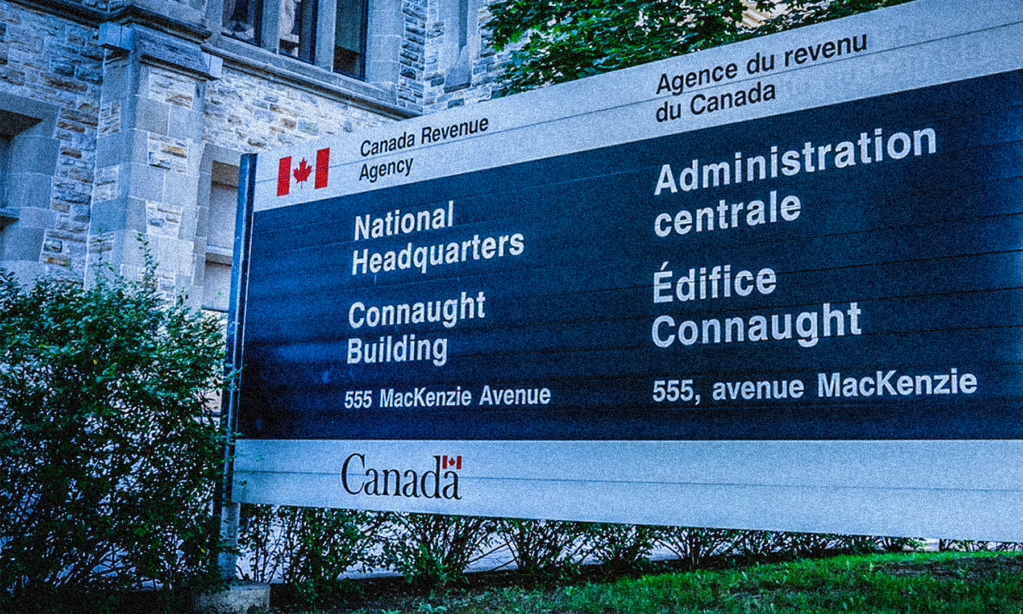Thanks to pandemic benefits, Canada experienced a 18.9% drop in poverty between 2019 and 2020—the largest in decades. An extraordinary achievement in a national crisis.
The largest decline in poverty between 2019-20 was among youth (-5.5 percentage points) and kids (-4.2 percentage points); the smallest was among seniors (0.8 percentage points).
Working-age adults and families with kids were a primary focus of pandemic efforts, including two special Canada Child Benefit (CCB) payments, which had a palpable effect on reducing child poverty—which is actually family poverty. That said, the level of youth poverty is still roughly twice the level of adults aged 25-54.
Keep in mind that poverty levels have been edging up among seniors over the past five years. Even with the decline in 2020, seniors’ poverty in 2020 was higher than in 2016 (13.8 per cent vs 13 per cent).
Poverty declined between 2019 and 2020 in every province—the largest in Manitoba and B.C. and the smallest in Newfoundland and Labrador.
Manitoba and Nova Scotia still have the highest levels of poverty in Canada (16.1 per cent and 15.8 per cent, respectively) and Alberta has the lowest (11.1 per cent). But B.C.’s standing has much improved, moving from 7th to 2nd best in the space of a year.
Emergency benefits (mostly federal) made the difference, reaching 20.7 million, or two-thirds of adults (aged 15+): 62 per cent of men and 75 per cent of women. Households received an average of $8,920 in federal emergency benefits and $560 in top-ups, while the provinces sent out an average of $520 per household.
There’s lots to unpack in this unprecedented, and likely temporary, reduction in poverty. Across Canada, the introduction and take-up of pandemic income supports did not line up neatly with severity of illness, employment loss, or provincial wealth.
But it did line up with the scale of the provincial response to the pandemic. B.C. had the second highest reduction in poverty and the highest take up of benefits: 75 per cent of B.C. residents received some form of pandemic support, with 56 per cent receiving one or more provincial benefits—the highest level in the country.
Alberta, with the second lowest reduction in poverty, had the lowest take up of benefits (62 per cent). Fewer Albertans were eligible for income-tested top-ups because of their large share of high-income households. But Alberta’s pandemic response was also much smaller. Only 2.8 per cent of residents received income support from the provincial government, leaving the federal government to do the heavy lifting.
Now that pandemic benefits have expired, Canada seriously risks rising poverty. We’ve just proven that government income supports can directly reduce poverty—returning to the days of old shouldn’t be an option.







